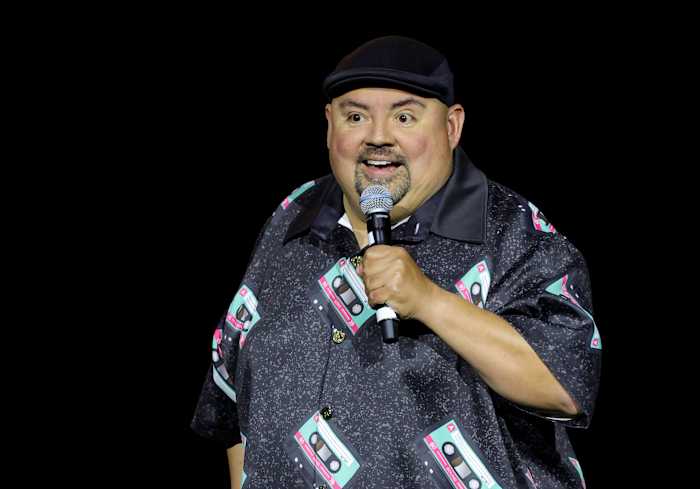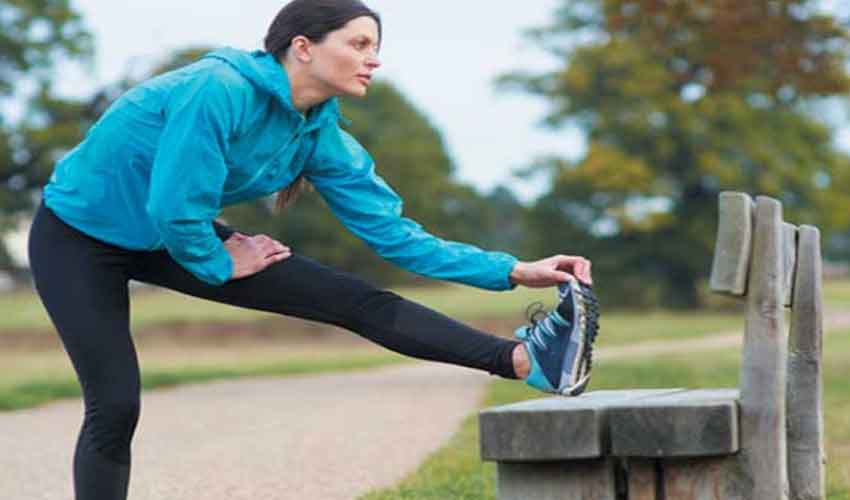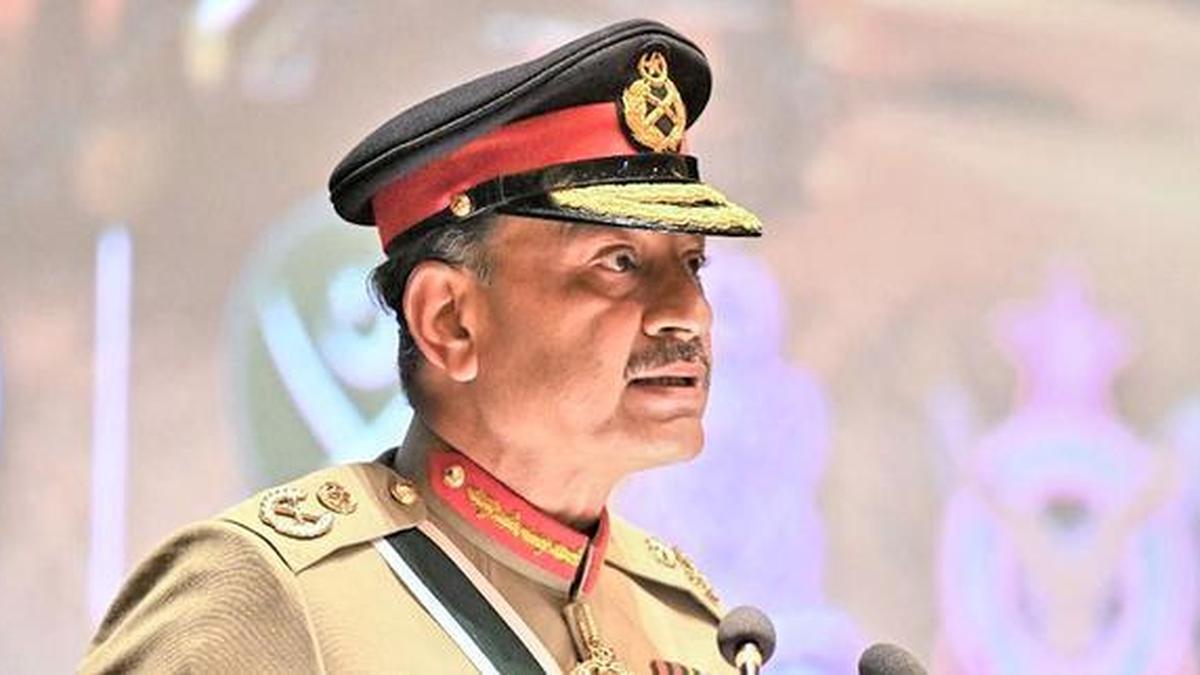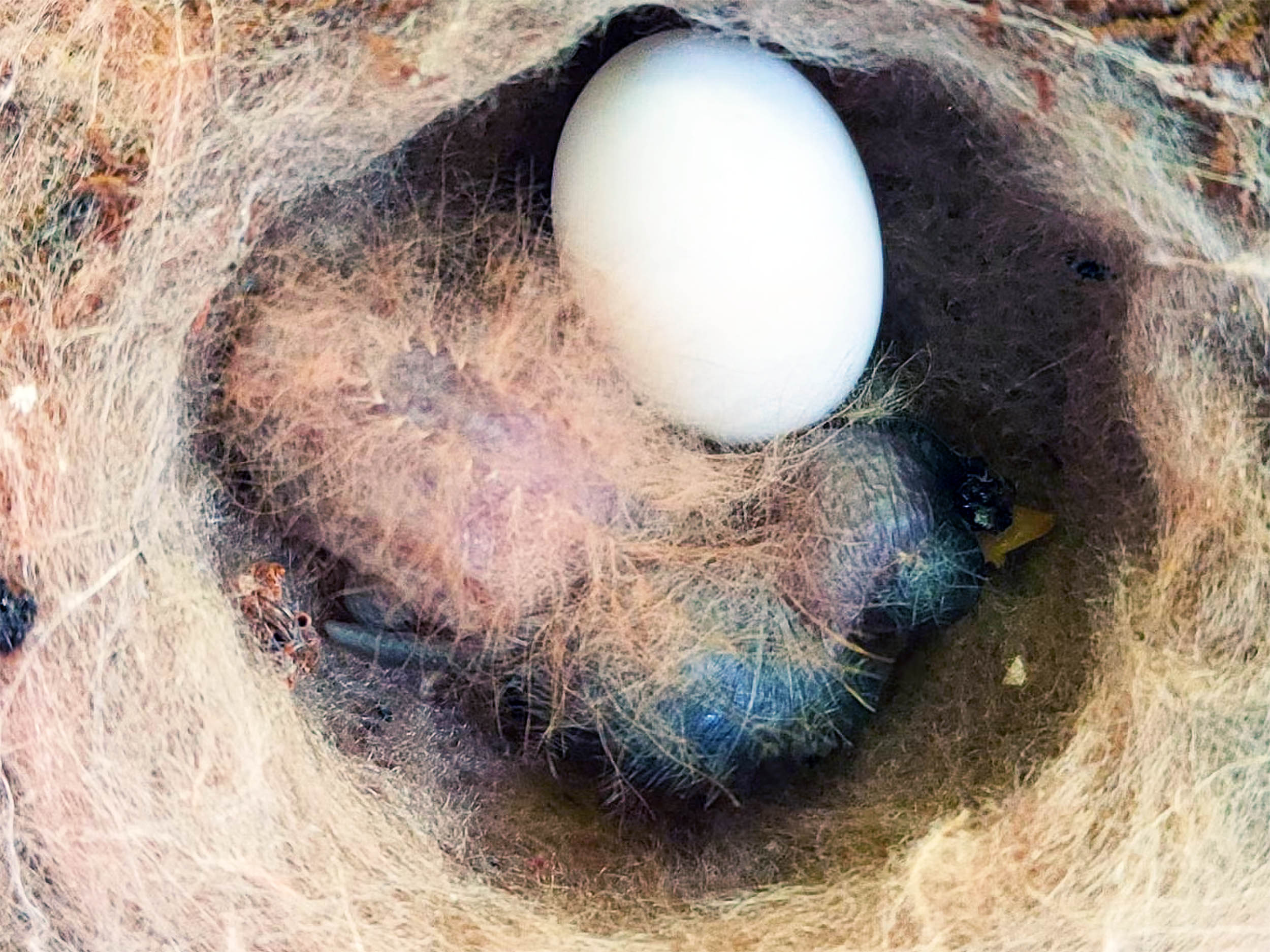Blog
-

Donate canned food for entry to Gabriel ‘Fluffy’ Iglesias’ Christmas comedy show at Tobin Center
FILE – Comedian/actor Gabriel Iglesias performs his stand-up comedy routine on the first of his three-night stop of the Don’t Worry Be Fluffy tour at The… -

Redmi Note 15 in for review
Xiaomi’s Redmi Note 15 series is now out globally, and we’ve also got the entry-level model in the series in for review! Let’s unbox the Redmi Note 15 (the 4G only model).
It has the slowest charger in the lineup at 33W. The retail box…
Continue Reading
-

How fitness habits improve overall quality of life
The impact of fitness habits is not limited to physical fitness or appearance; they play a crucial role in improving overall quality of life.
Regular physical activity increases energy, promotes mental calm, and…
Continue Reading
-

CDF Asim Munir tells Afghan Taliban to choose between TTP and Pakistan
Pakistan’s Chief of Defense Forces and Army Chief Gen. Asim Munir. File Photo credits: Inter Services Public Relations via AP
Chief of Defence Forces Field Marshal Asim Munir has asked…
Continue Reading
-
1,300+ Security Personnel Deployed in Rawalpindi Ahead of PTI Protest
In Pakistan, over 1,300 police officers and security personnel have been deployed in Rawalpindi to maintain law and order situation ahead of possible Pakistan Tehreek-e-Insaf protest.
The deployment of police and security personnel comes…Continue Reading
-

Home For The Holidays Flash Sale
The Holidays are better with hockey!
For a limited time only, we are unwrapping our best prices of the season with our Home for the Holidays Flash Sale exclusively for our Sunday, December 28th game at 5:00PM. Get Terrace Level tickets…
Continue Reading
-

Transparent nanowire films block 99.97% of electromagnetic noise
We live inside a storm of invisible signals. Phones, Wi-Fi routers, 5G networks, smartwatches, and medical sensors constantly send and receive electromagnetic waves.
While this wireless traffic powers modern technology, it also creates a…
Continue Reading
-

Baby hummingbird seen behaving like a poisonous caterpillar
In a rainforest in Panama, a baby hummingbird scared off a wasp by behaving like a poisonous caterpillar. That tiny bird, a white-necked jacobin (Florisuga mellivora), has given scientists the first clear record of caterpillar-style mimicry in a…
Continue Reading
-

Lightning re-assign forward Jakob Pelletier to AHL Syracuse
TAMPA BAY – The Tampa Bay Lightning have reassigned forward Jakob Pelletier to the Syracuse Crunch of the American Hockey League, Vice President and General Manager Julien BriseBois announced today.
Pelletier, 24, has appeared in 24 games with…
Continue Reading
-
PM Netanyahu meets with U.S. Senator Lindsey Graham Ministry of Foreign Affairs – www.gov.il
- PM Netanyahu meets with U.S. Senator Lindsey Graham Ministry of Foreign Affairs www.gov.il
- Sa’ar tells Lindsey Graham that ‘Hamas isn’t disarming’ and Israel ‘won’t accept this’ The Times of Israel
- US Senator Accuses Hamas Of…
Continue Reading